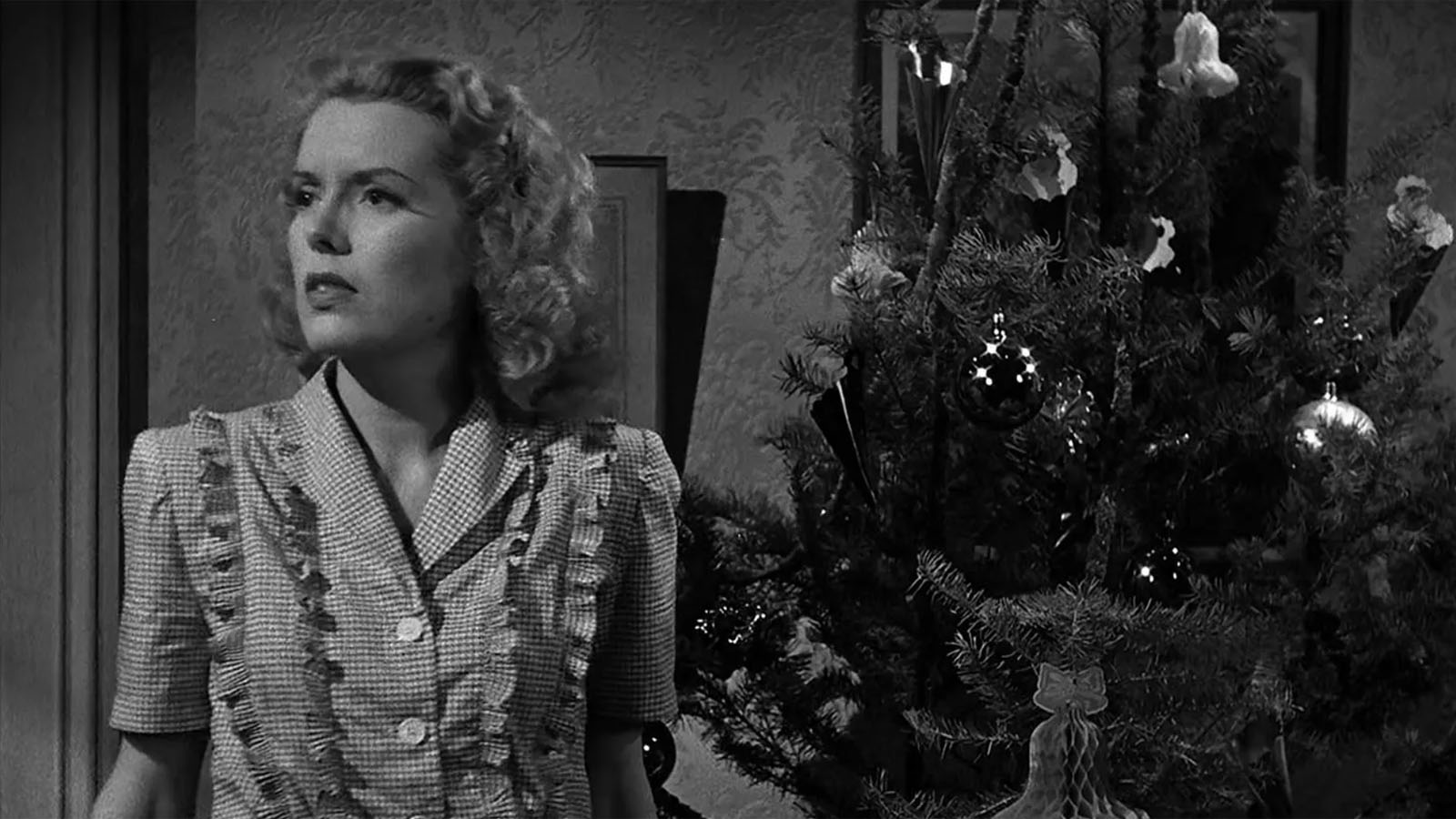
Were you to remark that the 1940s represented a peak in American pop-cultural horror, most people would automatically think you were talking about movies. The 1930s had ushered in a bonanza of horror touchstones, with the likes of Dracula, the Frankenstein monster, and The Mummy. With their respective tooth, electrode, and bandage iconography established, it looked like the following decade would be theirs to do with as they pleased. Then along came the titular throat-ripper-outer of The Wolf Man in December 1941, and the perfect quartet of silver-screen monsters was complete—a murderer’s row primed for, well, murdering.
What people didn’t know at the time was that the glory days of these particular ghoulies—at least in their Universal Studios incarnations—were behind them. There were ropey sequels on top of sequels and spin-offs and what became known as monster mashes or rallies, which, while fun, aren’t exactly suffused with artfulness. The best movie horror at the time took the form of producer Val Lewton’s internalized nocturnes of fear, such as Cat People (1942) and its successor, The Curse of the Cat People (1944), which pulled off the neat trick of being such a formidable work of horror cinema that it’s also not horror at all.
But for top-tier horror, it was the medium of radio that provided the most terrifying jolts over the 10-year period. In terms of how much a person was going to be frightened—and may still be frightened—there was little in American cinema at the level of Quiet, Please, with an episode like “The Thing on the Fourble Board,” or Suspense’s mounting of Lucille Fletcher’s “The Hitch-Hiker,” featuring Orson Welles giving one of the best performances of his life, and other Suspense installments such as “Ghost Hunt” and “The House in Cypress Canyon.”
Radio was the theater of the mind, and as anyone with one—a mind, that is—knows, that can be an awfully dark place. On-screen horror was increasingly oriented toward romping than stomping—psychologically speaking; it was as if first the specter of war, and then America’s involvement in the biggest one to date, caused even purveyors of horror films to take the edge off and emphasize thrills. Life was chilling enough, but apparently a number of the radio folks didn’t get the memo.
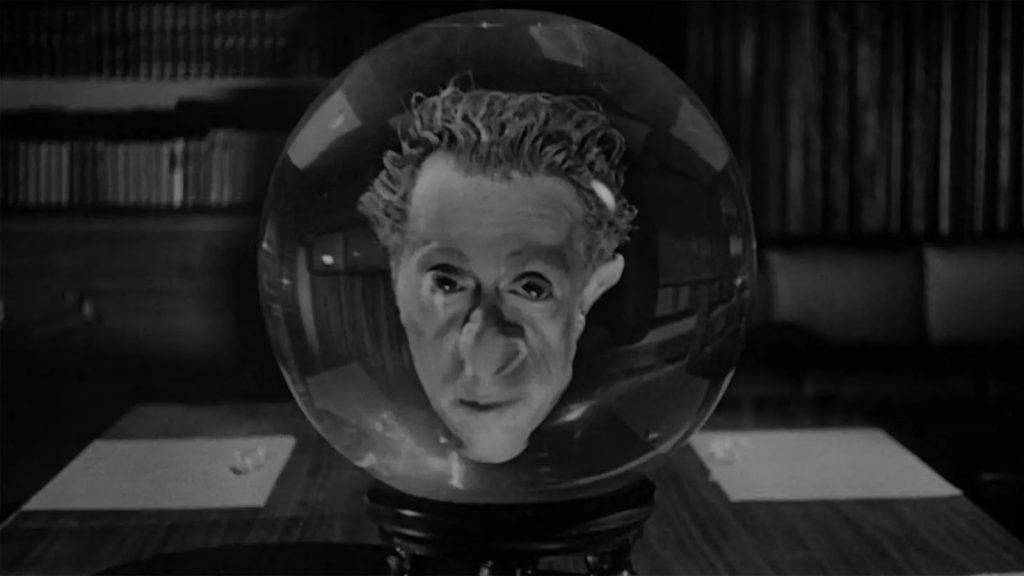
Among the most redoubtable of horror radio programs—we’re talking granite-solid dependability—was Inner Sanctum Mystery, which everyone then and since has referred to by just its first two words. The program ran from January 1941 to October 1952. There were over 500 installments, with 200 or so remaining in circulation. Part of the hook was that the show had a horror host named Raymond (and a creaking door that is still among the most encountered of all radio sound effects—trust me, you’ve heard it) who would crack wise, sometimes outrightly laughing about someone’s demise, as if their lack of wisdom—of which Raymond clearly believed he possessed an abundance—meant they deserved their grisly outcome. There was, you might say, a tone of, “Eh, fuck ’em.”
Boris Karloff—always ahead of the curve with these kinds of things—was a frequent and stellar guest. We focus on his horror movies, but you’d be remiss not to pay attention to his horror-radio output. Nor did Inner Sanctum struggle to pull in other notable guests: Peter Lorre, Bela Lugosi, Claude Rains, Agnes Moorhead, and Orson Welles. Even Frank Sinatra showed up to rattle some chains. There was also an Inner Sanctum publishing series from Simon & Schuster, and in the summer of 1943, Universal bought the rights so that they could make films under the same banner. Their plan was to have Lon Chaney Jr. anchor the pictures as the lead, and perhaps reach the Karloff-level of horror stardom in the process—cheaply.
Chaney, as we know, had his breakout moment with The Wolf Man, which came out at almost exactly the same time as the Inner Sanctum radio series. His lovable-lug persona worked in the film on account of the contrast it made with one of the coolest-looking monsters any of us have ever seen—thanks to make-up man Jack Pierce—as the star-crossed lycanthrope. Chaney—and I’ve never understood how this happened—even appeared to become suddenly svelte as soon as he became menacingly hirsute. It wasn’t the soundest idea to think you could make low-budget quickies that would dazzle audiences with Chaney—who was looking to flex some acting muscles—in picture after picture, but that was the joint aim, and six of them were produced.
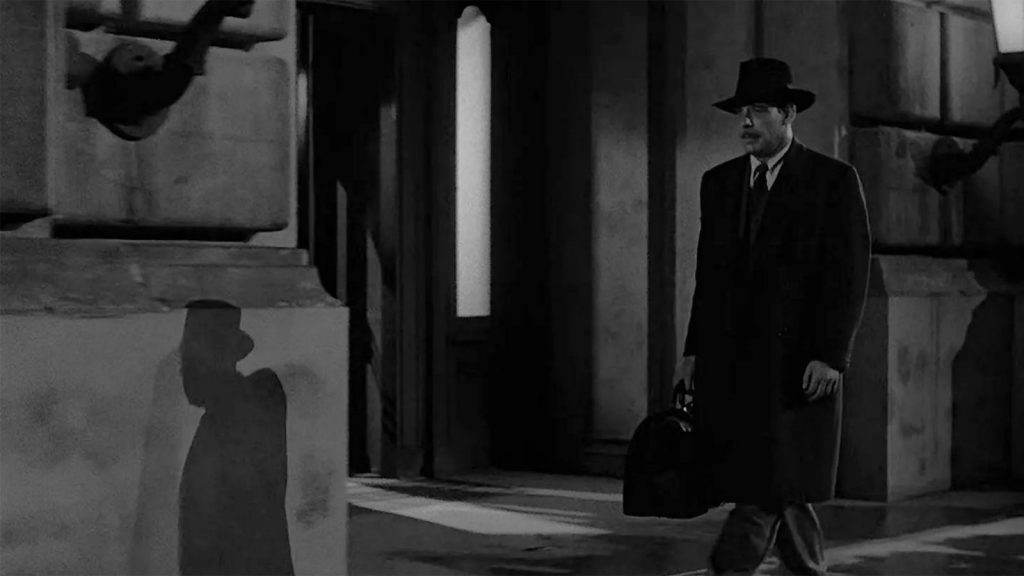
With titles like Calling Dr. Death (1944) and Pillow of Death (1945), a person could well wonder how seriously anyone was supposed to take any of this, but then we have 1945’s Strange Confession, which is the pick of the bunch by a wide margin, a winning horror and Christmas oddity long before anyone conceived of that kind of film against the Yule log grain like, say, Black Christmas.
Christmas is a season in which we feel a strain stemming from what can be an overwhelming sense of obligation extending to what we partake of—what we think we need to partake of. You must watch It’s a Wonderful Life. Can’t miss Rudolph the Red-Nosed Reindeer. Get the family to Messiah and The Nutcracker.
As viewers, we may find ourselves in a seasonal rut. I mentioned Black Christmas—in the mid-1970s, it served to spring such viewers from their seasonal declivities. Strange Confession operates in a similar manner. Let us first state that it’s bizarre enough that the modern-day onlooker might wonder what was up with people back then. The picture opens with a horror host, I suppose you could say—a disembodied, talking head floating in a glass jar on a desk. No explanation—this was just how it was going to be. Heads sans bodies that retained the ability to function—or expatiate, anyway—were a staple of the 1950s, and if you’re familiar with the likes of The Brain That Wouldn’t Die, this particular head may seem no more out of place to you than one attached to someone’s neck, only it happened to be a trailblazing head.
Following this coldest of opens, the movie begins properly with Chaney, trying to be furtive—which doesn’t work with his body type—as he comes out of a building holding a bag and sticking to the shadows. The movie’s alternate title is given as The Missing Head, so suffice it to say the bag wasn’t packed with clothes for a weekend getaway. Chaney’s Jeff Carter character is on a late-night mission to seek out the advice of his old college classmate, Brandon (Wilton Graff), a successful lawyer who had once opined to Carter that the latter was a brilliant chemist. Problem now is this brilliant chemist has done a deed that has him in a quandary, though when we learn why he did it—via flashback—we’re apt to sympathize.
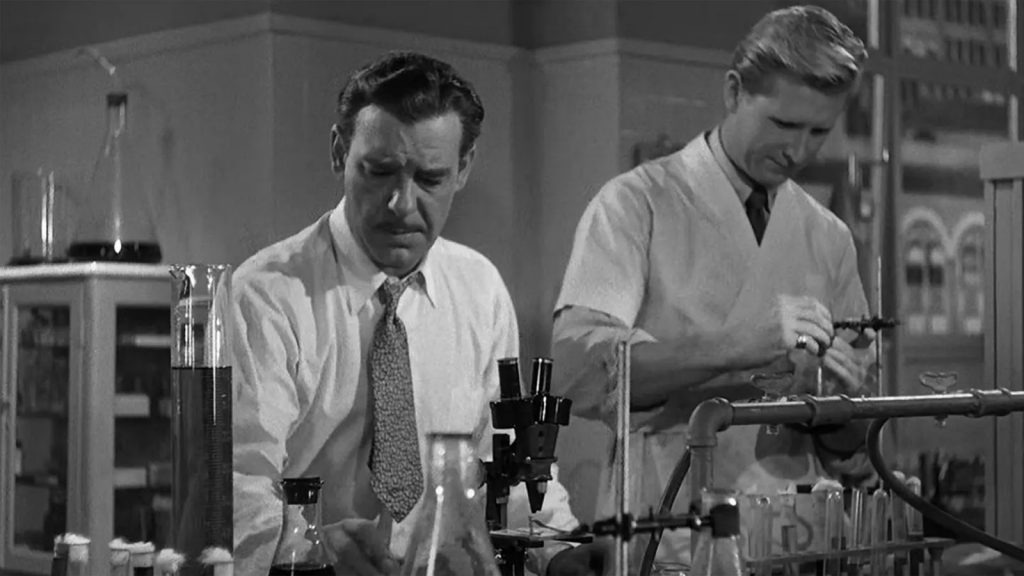
The idea of Chaney as an altruistic chemist who cares not at a jot for money but rather solely for the well-being of mankind is paradoxically believable if you work with the film. The Jeff Carter character is naïve—which plays to Chaney’s acting skills, as such—and large-hearted. We don’t think he’s brilliant in and of himself, but people keep saying as much, so we buy into their context of how they’ve known this man.
The events of the flashback commence on Christmas Eve, and I love seeing Christmas depicted this way in the movies. Chaney and his family—wife Mary (Brenda Joyce) and their young son—live in what’s closer to a New York City rooming house than an apartment building. Our holiday seasons feature so much razzle-dazzle now, as if to justify how protracted they are, which is obviously about money as much, if not more, than anything. But here we see Chaney returning home from work with a small Christmas tree. It’ll be up for a day or two, because the moment is everything. It’s genuine. There’s no show, as in ostentatiousness, to the Christmas show. You have your holiday, you max out on small joys, and you move on. The family’s neighbors are older, too. These people have lived this way for a long time. Room to room. Neighborhood to neighborhood, finding community in transit.
Mary isn’t thrilled with living as her family does, but she supports her husband and doesn’t seek to inhibit his prevailing goodness even if doing so would make things easier on her and their child. You are touched and you root for these people, which is a key part of the movie, considering what’s going to happen.
Jeff works for a boss, Mr. Graham (J. Carrol Naish), who is all about money and less concerned with pesky matters like the side effects of drugs that can kill people. He wants his pills out on the street. Jeff is benevolence; Graham is avarice—among other things. Jeff sticks to his principles regarding when the drugs he’s engineered are ready for market and resigns, gets blackballed by Graham as a chemist, and is compelled to pick up work in a drugstore selling candy to kiddies and harmlessly complimenting lonely elderly women on their figures.
Eventually, Graham circles back and puts on an act as if he’s a new man, making his big pitch to Jeff—and, crucially, to Mary—and agreeing that if Jeff comes back to work for him, he’ll finance a research expedition to South America, so that Jeff can make sure that they don’t kill anybody moving forward. A bunch of monkeys will die, but better them than humans. While stationed south of the equator with his lab assistant, Dave Curtis (Lloyd Bridges), Jeff proves himself such a terrific bloke of an employee that he sends his boss a souvenir scimitar, because who doesn’t need a terrifying-looking knife hanging above their fireplace? You can see where this is, alas, headed.
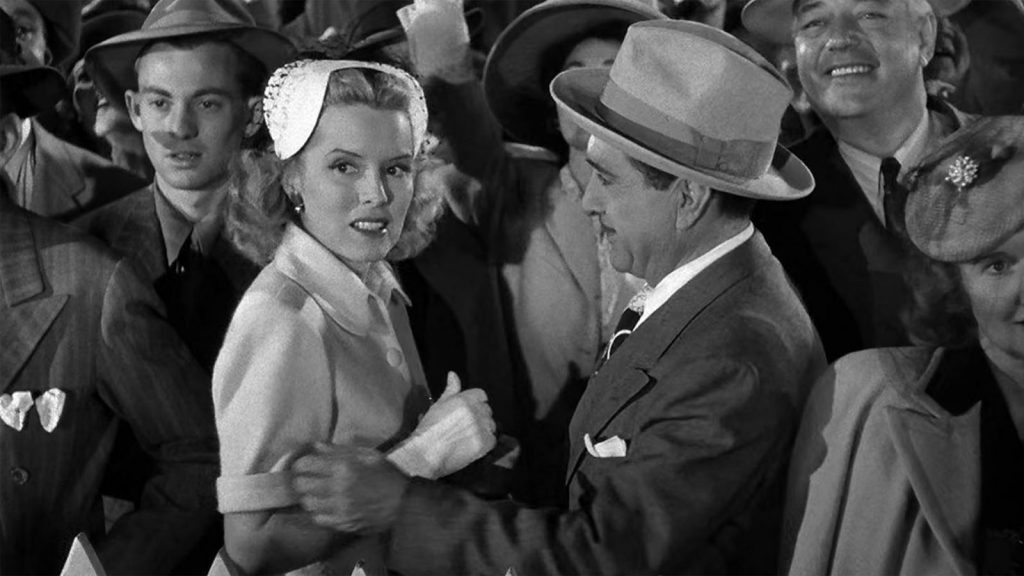
Mr. Graham takes an early version of one of Jeff’s formulas and rushes the pills to market, which ends up leading to the death of Jeff and Mary’s kid. And as if that wasn’t enough, Mr. Graham gets what we’ll call emboldened with Jeff’s wife.
I’ve seen this film a lot, and the scene in which Jeff metes out his revenge—with his wife in the room—has never failed to take me aback. It has to be the first outstanding kill in a Christmas-related horror film. The best part—it’s devilishly satisfying—is the flash of recognition on Jeff’s face that he can kick matters up a notch with the perfect crowning touch—yes, we’re doing a head pun—and so he does. Then he packs his bag, leaves his wife—who passed out—behind on the floor, and decides to pop in on his college acquaintance he obviously has had no interaction with in 20 years.
And you know what? The censors let the ritualistic beheading pass. That’s how well-earned the punishment was. The cops rush in during the last scene after the story has been told, but the lawyer—who was initially reluctant—is going to take Jeff’s case after all, and, as you can glean from his tone, he’s going to get him off, by golly!
None of this is particularly scary, but it’s dark and humorous, and let’s face it: there comes a time—or times—every holiday season when we’d love to be able to indulge ourselves and push back against what someone is shoving at us, rather than merely having to “roll with it.” I’m not saying that anyone ought to be looking up scimitar prices on Amazon, but Strange Confession makes for a bit of harmless cinematic wish-fulfillment. It’s not polite company. You don’t watch it at two in the afternoon on a Saturday with family buzzing about, the way you do the harmless, squeaky-clean 1938 version of A Christmas Carol with Reginald Owen. Strange Confession is a treat of the darkness, the lump of coal that nonetheless has a pleasing glow to it.
Then again, when Jeff raises that blade, I don’t think it’s necessarily awesome that I find myself thinking, “Yeah, do it, man, finish this bastard in style,” but I feel that it helps my seasonal equilibrium. There’s just something different to watching Christmas in Connecticut knowing that later on you can get a little Strange Confession action going. Anything that helps with one’s Christmas equanimity can’t be all bad—perhaps just odd, but rectifyingly so. We’ll call it keeping your head. 🩸
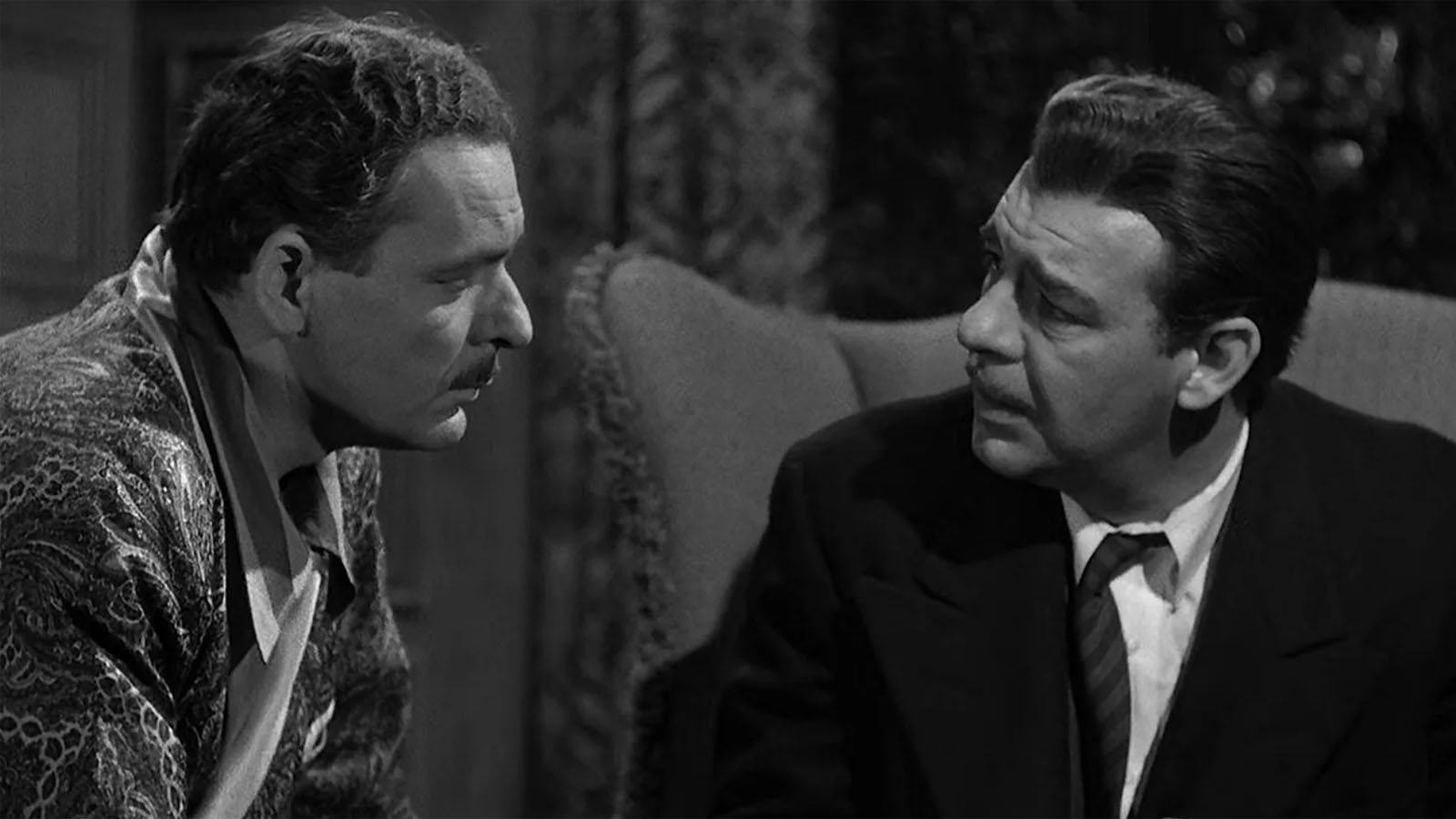
is the author of eight books, including the story collection, If You [ ]: Fabula, Fantasy, F**kery, Hope, a 33 1/3 volume on Sam Cooke’s Live at the Harlem Square Club, 1963, Meatheads Say the Realest Things: A Satirical (Short) Novel of the Last Bro, and a book about 1951’s Scrooge as the ultimate horror film. His work has appeared in Harper’s, The Atlantic, Rolling Stone, The New York Times, Vanity Fair, The Daily Beast, Cineaste, Film Comment, Sight and Sound, JazzTimes, The New Yorker, The Guardian, and many other venues. He’s completing a book called And the Skin Was Gone: Essays on Works of Horror Art. His website is colinfleminglit.com, where he maintains the Many Moments More journal, which, at 2.7 million words and counting as of autumn 2023, is the longest sustained work of literature in history.
Anyone can watch a hearse-load of scary movies at Halloween—and lots of us do—but how many of those people try and seek out the films most indebted to, or representative of, the holiday itself?
BY COLIN FLEMING | OCTOBER 15, 2024
Legendary Amicus anthologies like Freddie Francis’s Tales from the Crypt (not to mention TV shows like The Twilight Zone, adopting the same style) owe everything to Dead of Night, the granddaddy of the horror omnibus.
BY LAURA KERN | October 31, 2022
At this crazy moment, when film history is caught in the grip of multiple clichés that grind on and on and on—puerile revenge + empowerment fantasies (pioneered by Quentin Tarantino), a lazy equation between...
BY KENT JONES | September 10, 2023
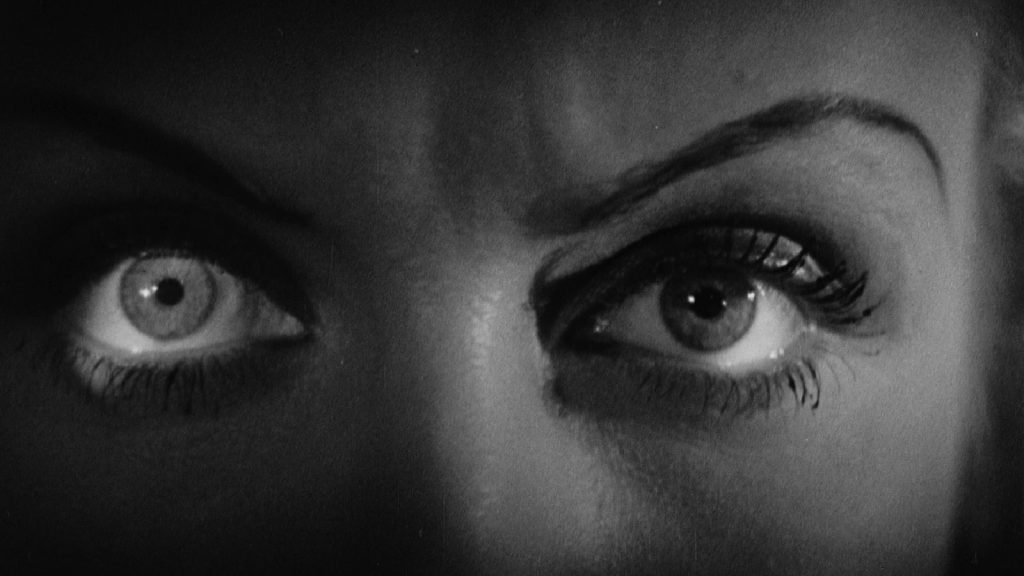
This pre-Code offering packs a lot of story into its typically brisk running time, with several plot threads weaving together a (not always successful) tapestry of spooky and criminal doings.
READ MORE >
BY ANN OLSSON | Month 00, 2021
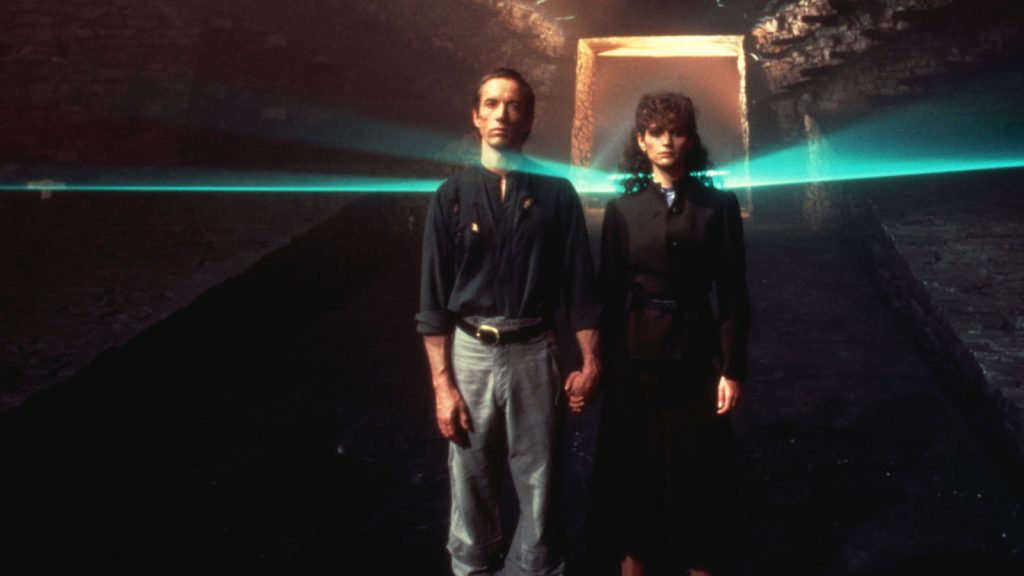
In what could be the fastest-resulting rape revenge movie, a drunken lout brutally forces himself on Ida, the young woman who doesn't return his affections, during a party over Labor Day.
READ MORE >
BY LAURA KERN | Month 00, 2021

Beast is a lot of movies in one package - fractured fairy tale, belated-coming-of-age story, psychological drama, regional horror film - but above all it's a calling card for its leading lady, Jessie Buckley.
READ MORE >
BY LAURA KERN | Month 00, 2021